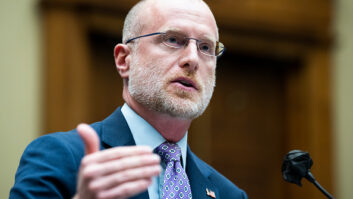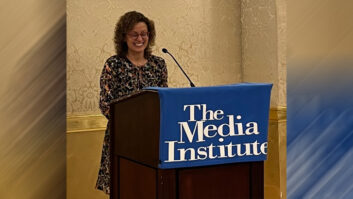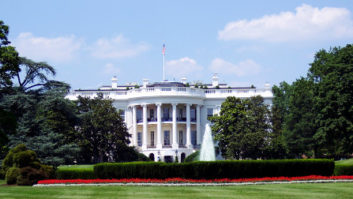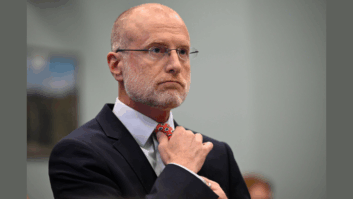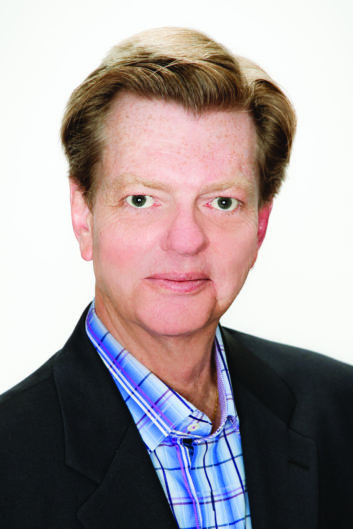
Except for a reprieve in 2016, producers of the annual Talk Show Boot Camp have reported a decline in 25–54 year old listening to the news/talk format each year, a 27% cume drop since 2011. The good news is that the cume decline has slowed in recent years and — on an Average Quarter Hour basis — has somewhat stabilized.
Compiling Nielsen data from 158 news/talk stations, Gabe Hobbs congratulated some stations for showing significant audience increases during 2018. These include KRTH(AM) Houston, KPRO(AM) Providence, KIRO(FM) Seattle, KMBZ(FM) Kansas City, KXL(FM) Portland, WIBC(FM) Indianapolis and WTKS(FM) Orlando. Of the news/talk stations that were up in 2018, 10 were AM commercial stations, nine were FM commercial stations and 15 were non-commercial.
HOBBS REPORT RESULTS
In his annual Hobbs Report to Talk Show Boot Camp, the consultant also pointed out a migration of audience from commercial to noncommercial talk radio. He cites the commercials themselves as one possible reason.
Another is “the tone and the openness of public radio. In other words, you’re not made to feel like you have to be a member of the ‘Angry White Guy Conservative Political Association’ or for that matter a liberal organization, either. Public radio has an image of providing a more fair and balanced presentation. As one young lady said at our conference a year or two ago, listening to commercial talk radio was ‘like listening to my dad yell at me for an hour.’”
Hobbs says, “NPR continues to be an 800 pound gorilla. Look, in 2016, everybody had a great year because of the ‘Trump Bump,’ as we called it. And then, in 2017, everybody held on to that audience to a degree, but noncommercial stations really ran off with the image. They were stable or even grew, while commercial talk radio did not. Then 2018 was a down year for everybody,” although he says public radio showed a little less audience erosion.
FROM BUMP TO FATIGUE?
Has the Trump bump been replaced by Trump fatigue?
Hobbs says people eventually tire of any big news story, and some stations and hosts “keep pounding the same points over and over. Certainly, you have to give President Trump credit that keeps feeding news cycles with fresh talking points, but you have to have relief topics as well.”
Sometimes, Hobbs warns, talent may be overly influenced by what reacts among core listeners who phone their shows, rather than taking a bigger picture approach.
“Don’t beat a dead horse. Believe it or not, there are other topics besides national politics that are either funny or important.”
COMPETITION FROM PODCASTS AND STREAMING
Hobbs’ co-producer for Talk Show Boot Camp, Don Anthony, cites new technologies as the biggest change in the 10 years he’s organized the event.
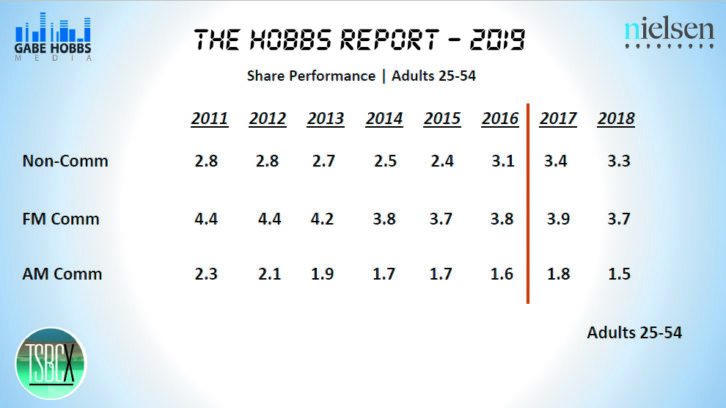
“Podcasting and streaming has impacted all radio, but especially talk radio,” Anthony says. Finding the next generation of talk radio listeners is on everyone’s mind for the format.
Podcasts are a growing option for talent, but they’re expensive and time-consuming, says Anthony. “We conducted a huge talent survey with Jacobs Media and will update it soon. A good number of people express interest in podcasting but say they just don’t have the time to devote to it.”
Then there’s the issue of incentive. Hobbs said, “Some companies want a big piece of the action. They’re oppressive when it comes to digital. iHeart’s got that damned clause in talent contracts that restricts all the existing technologies and ends with ‘and all technologies not yet contemplated.’”
DON’T ABANDON OTA
Still in 2019, Hobbs says, digital delivery of talk content is no substitute for being on FM. “Eighty percent of the Nielsen meters never hear an AM signal in a week. Like 98% of them hear an FM meter. So you tell me where you want to be. FM is where younger people are.”
“Rush Limbaugh breathed new life into AM and gave it much more shelf life” than many would have predicted, says Anthony. Yet, says Hobbs, “Rush was 35 when he started, his listeners were 35, and he’s 65 now. That’s just the way it is. They stopped making new ‘dittoheads’ about 20 years ago.”
Still, he cautions that simply moving your existing product from AM to FM isn’t the solution. “You can’t move that rundown antique store in the alley behind Broadway to the mall and not change the motif a little bit. If you’re going to attract 25–54 sampling, you need to change your store window.
[Community Broadcaster: Post-Mueller, It’s Radio for the Save]
“I really believe that the smart speaker and artificial intelligence of all kinds can help level the playing field,” says Hobbs. “Of course, the challenge is that it doesn’t just level the playing field among the 10,000 radio stations, it levels the playing field for 700,000-plus podcasts, too. So you have to be well-branded, have great talent and compelling content. That’s not going to change.”
Anthony agrees. “You can understand the art of the podcast. You can understand streaming and smart speakers, but if you have amazing talent, you will have an amazing station.”
Years ago, 21st Century PD columnist Dave Beasing programmed news/talk at the legendary KRMG in Tulsa. He’s programmed and consulted many formats since and recently founded “Sound That Brands,” a Los Angeles studio that specializes in branded podcasts. He can be reached at [email protected].
